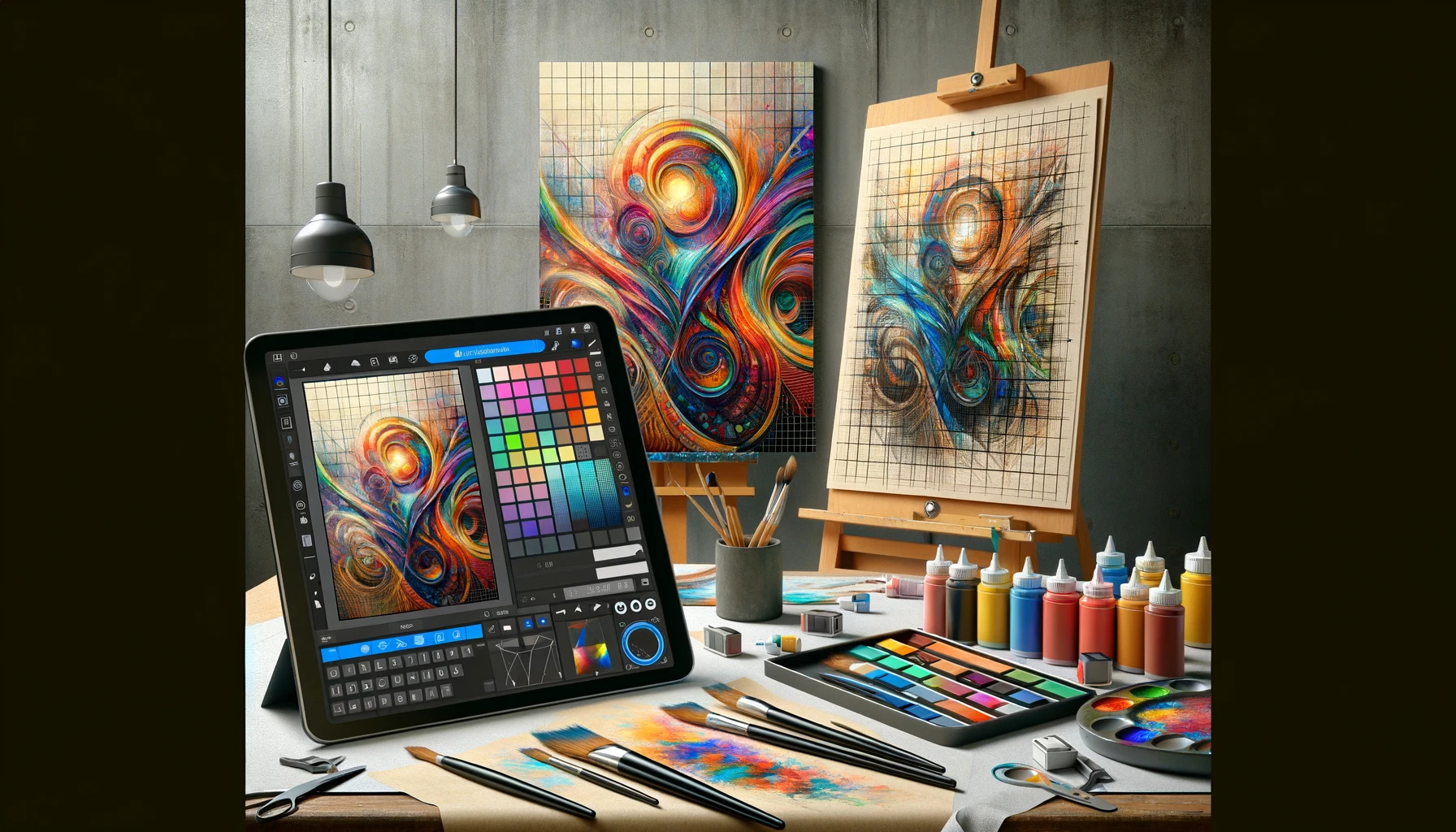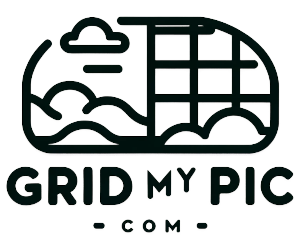From Digital to Canvas
In the realm of art, the journey from a digital image to a tangible canvas artwork is a bridge between modern technology and traditional techniques. GridMyPic emerges as a pivotal tool in this creative transition, especially in the domain of high-quality art reproductions.

The Role of GridMyPic in Art Reproduction
Gridmypic an image grid generator, serves as a digital assistant to artists aiming to reproduce artworks on canvas. Its primary function is to overlay a grid onto a digital image, which can be customized in size, color, and line thickness to suit the artist's needs. This grid becomes a blueprint for translating digital images onto canvas.
Streamlining the Process
The process begins with selecting a digital image for reproduction. Artists can use GridMyPic to apply a grid that matches the scale of their canvas. The downloaded high-quality PNG file with the grid overlay acts as a reference guide. This step ensures that the proportions and scale of the original image are accurately maintained when transferred to canvas.
The Transfer Technique
Once the grid is prepared, artists replicate this grid on their canvas. Working square by square, they carefully transfer the image, ensuring each segment aligns correctly with the grid lines. This methodical approach is crucial for capturing intricate details and maintaining the integrity of the original digital artwork.
After preparing the grid using GridMyPic, artists embark on the meticulous journey of replicating this grid onto their canvas. This stage is more than just copying; it’s an art in itself.
- Replicating the Grid: Artists start by meticulously drawing the grid on their canvas. This replication must be precise to ensure that the scale of the original image is maintained. Tools like rulers or laser levels can be used for accuracy.
- Transferring Image, Square by Square: With the grid in place, artists begin the transfer process. This involves focusing on one square at a time, carefully recreating the segment of the image within that square on the canvas. This square-by-square approach allows artists to break down complex images into manageable parts, reducing the likelihood of errors.
- Ensuring Alignment and Proportion: During this process, ensuring that each segment aligns perfectly with the corresponding grid lines is crucial. This alignment is key to maintaining the proportions and integrity of the original digital artwork.
- Detailing and Refinement: As artists move across the grid, they pay close attention to the details within each square. This focused approach allows for the intricate details of the original image to be captured accurately, preserving the essence of the artwork.
- Adapting to Different Art Forms: This technique is adaptable across various art forms. Whether it's a detailed portrait, a complex landscape, or an abstract piece, the grid method provides a structured approach to tackle different artistic challenges.
- Final Touches: Once the entire image is transferred, artists often step back to view the work as a whole. This perspective allows them to make final adjustments, ensuring that the artwork not only reflects the details but also conveys the overall aesthetic and emotion of the original digital image.
Through this enhanced transfer technique, artists bridge the gap between digital art and traditional canvas work, bringing precision and creativity together. This methodical approach is a testament to the intricate dance between art and technology.
Amazon Ad
